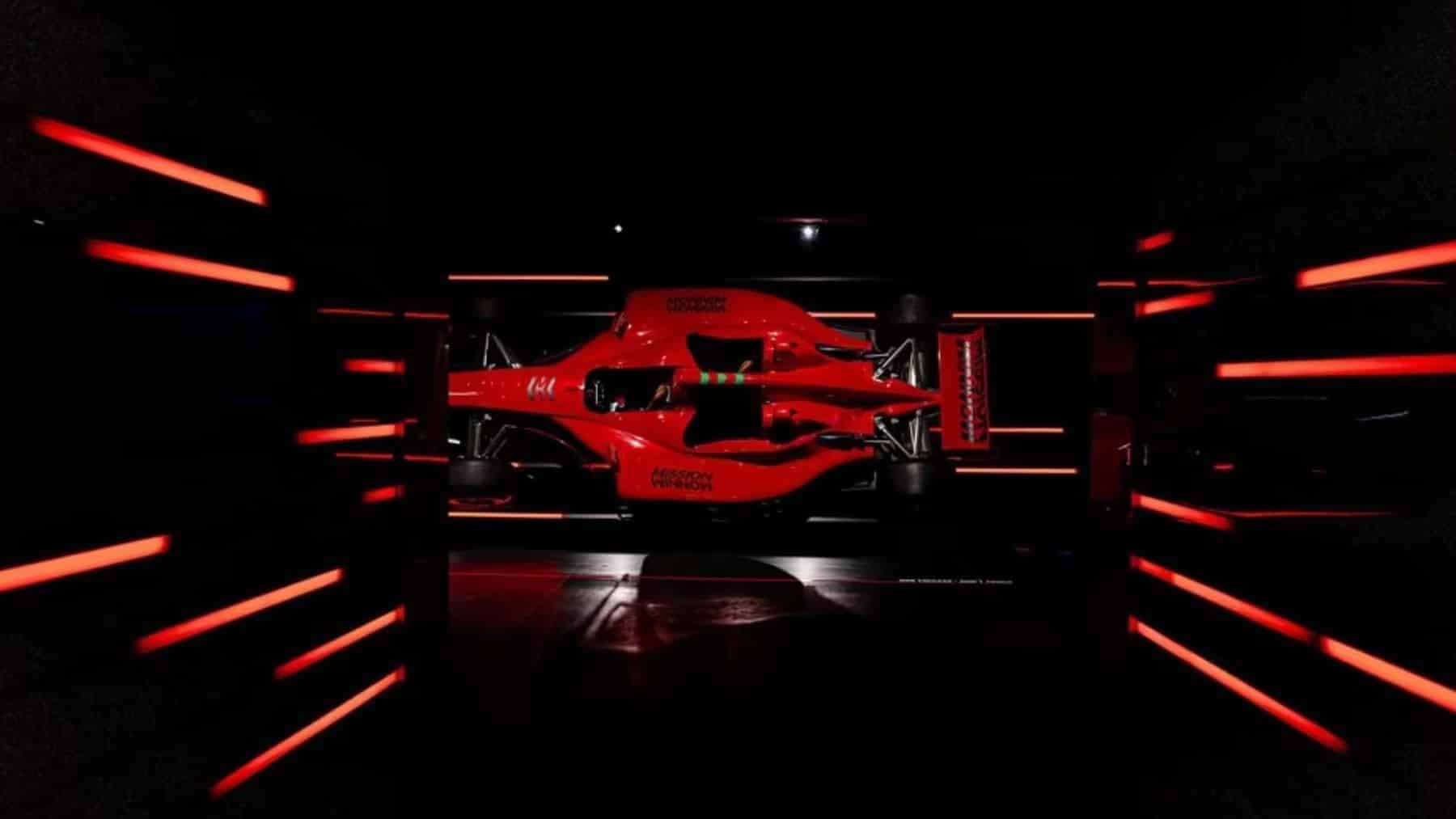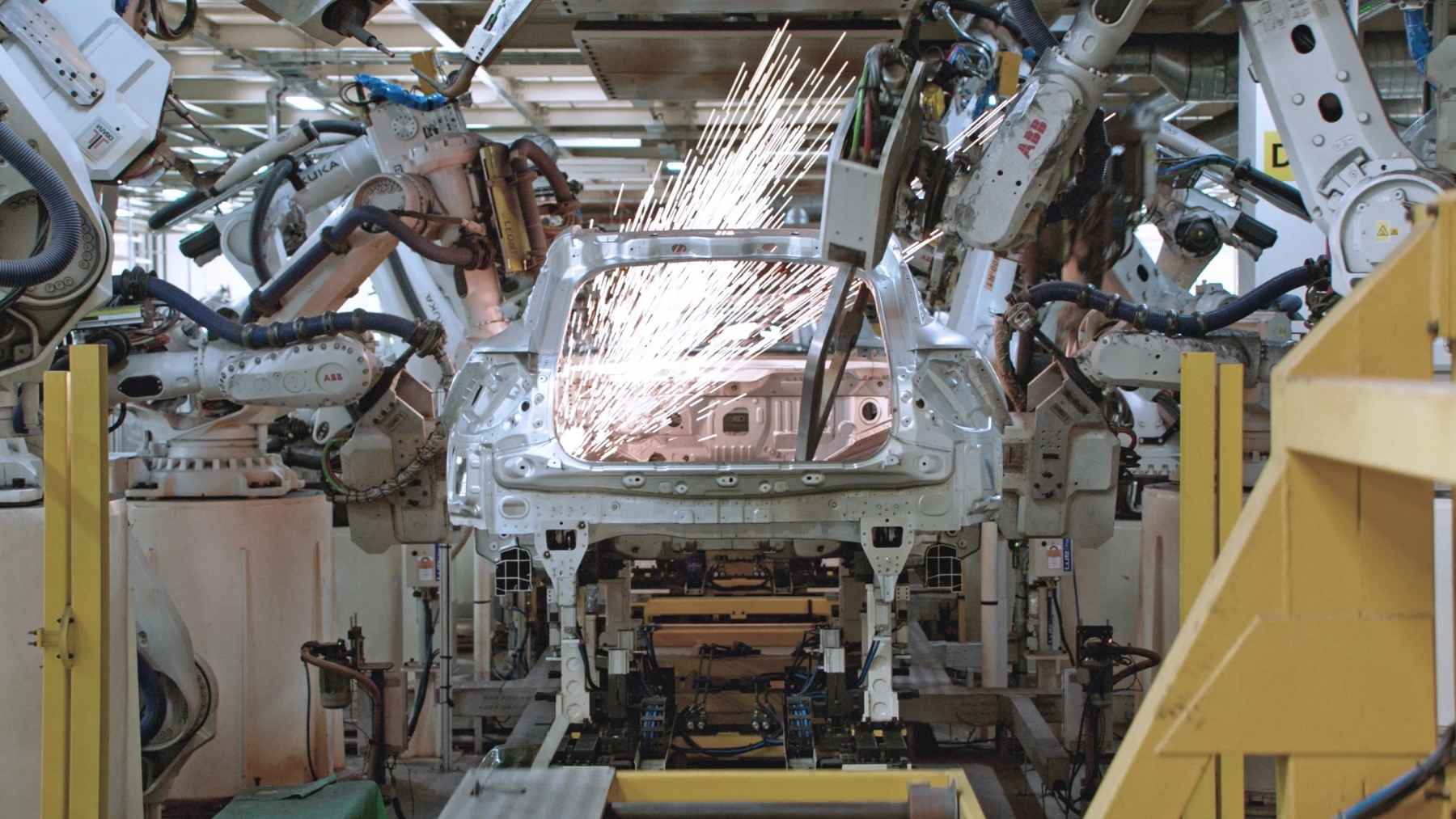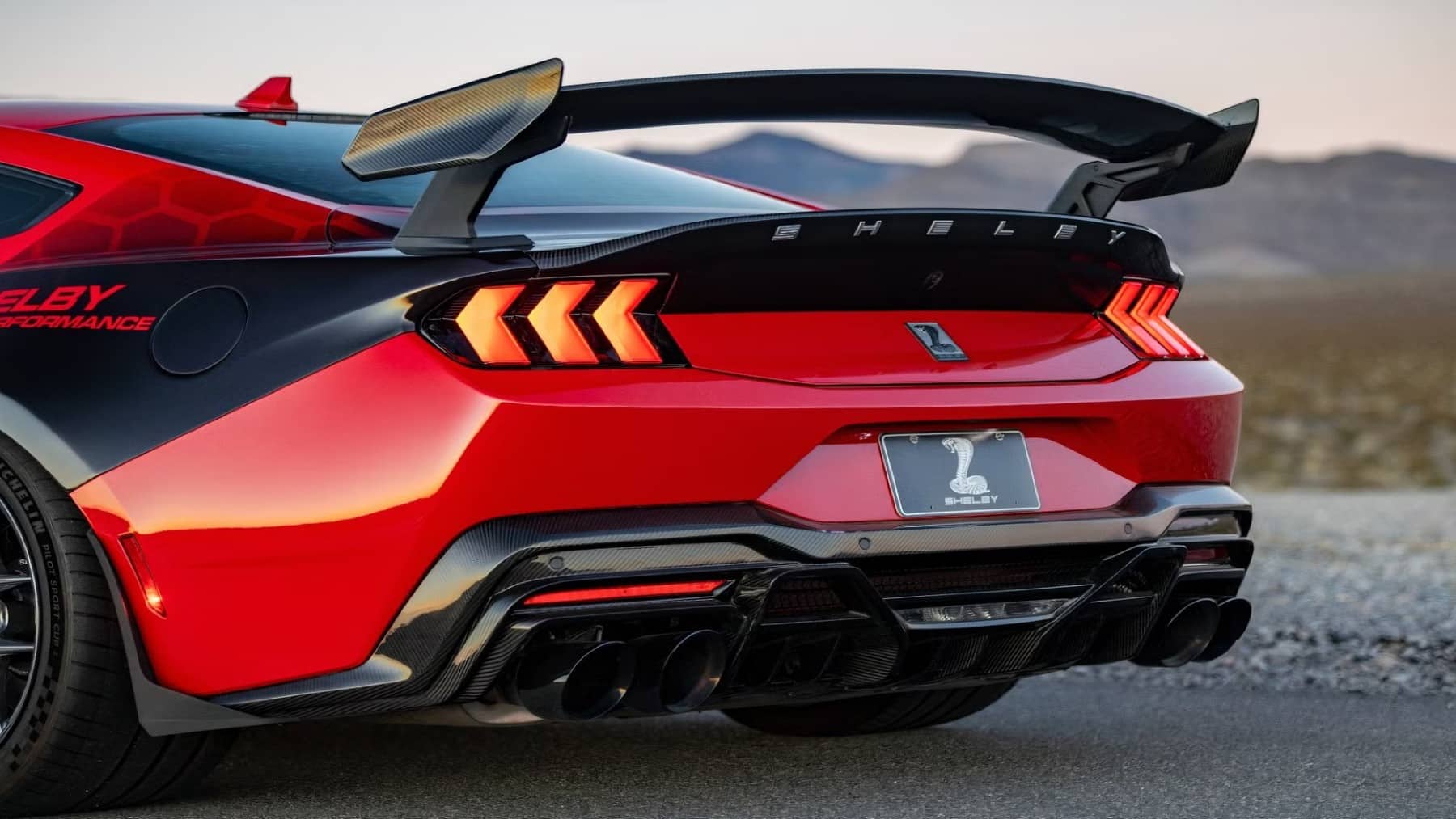Ferrari has constantly been seen as a leader in the motorsport world for their innovative and cutting-edge designs. Not only is the brand a legacy for sports car innovation, but the brand continues to be aware of the times and continues to optimize their engines for peak performance, while also being aware of sustainability and climate goals. Ferrari recently unveiled a new patent that has never been seen before, highlighting their innovative craftsmanship and engineering.
Ferrari continues to remain loyal to its legacy while embracing modernization
The iconic Italian sports car brand is most notably known for its V12 engines. While originally being purely a racing team for Formula 1, Ferrari eventually went on to commercialize their vehicles in order to fund the racing team, with the V12 engine a staple in their models. However, while it may be difficult to imagine a world where Ferrari is anything but the internal combustion engine, they continue to redesign and reinvent themselves while staying true to their racing heritage.
In keeping with the times, Ferrari continues to remain relevant and aware of contemporary concerns, most significantly with regard to the climate crisis. To address this, Ferrari has been adding hybrid-electric models to their lineups, which are just as competitive and powerful as their pre-internal combustion engines. By 2026 next year, the company plans to release its first fully electric vehicle, with the powertrain set to be unveiled on October 9, 2025.
New ‘oval-pistons’ design from Ferrari
In addition to their electrical innovations, Ferrari has also filed a patent for a design that has never been seen before, a testament to their continued commitment to thinking outside the box and embracing cutting-edge and futuristic technology. The patent is for an oblong-shaped piston design, which is different from the traditional round pistons we see in internal combustion engines.
These ‘oval-pistons’ are oriented perpendicularly to the crankshaft which ensures that the engine remains tightly compact in order to ensure that the large V12 engine can still fit inside the vehicles. The design also offers the advantage of reducing friction and side-to-side movement, which could not only increase the power output of their vehicles but also make the engine more efficient.
Ferrari is not the first to investigate this kind of design. Honda, another innovator on the alternative engine scene, has previously investigated oval-shaped pistons; however, Ferrari has taken their own approach to it by altering the crankshaft and connecting rod setup to let two pistons share a single crankshaft journal. This patent could play a role in keeping the V12 engine viable as the automobile world heads towards electrification.
Is Ferrari embracing hydrogen?
In addition to this engine design, Ferrari has also been investigating hydrogen technology in order to stretch the lifespan of the internal combustion engine for as long as possible. The company recently filed for a patent that would see an internal combustion engine use hydrogen as a fuel source, instead of operating off of hydrogen fuel-cell technology, which is what most hydrogen-powered models on the road use.
Innovation like this is an example of how the internal combustion engine may not be going away entirely, and how it may still have a future in an environmentally conscious world, except this time reimagined to fit alternative fuel sources. By capitalizing on existing technology, automobile manufacturers can make more efficient financial choices and can continue to rely on designs and products they already make use of instead of needing to reinvent the wheel entirely by taking on new electric and hydrogen fuel-cell systems. Further, there is still a transition period needed before the world goes fully alternative engine, and this technology may be key to that.














